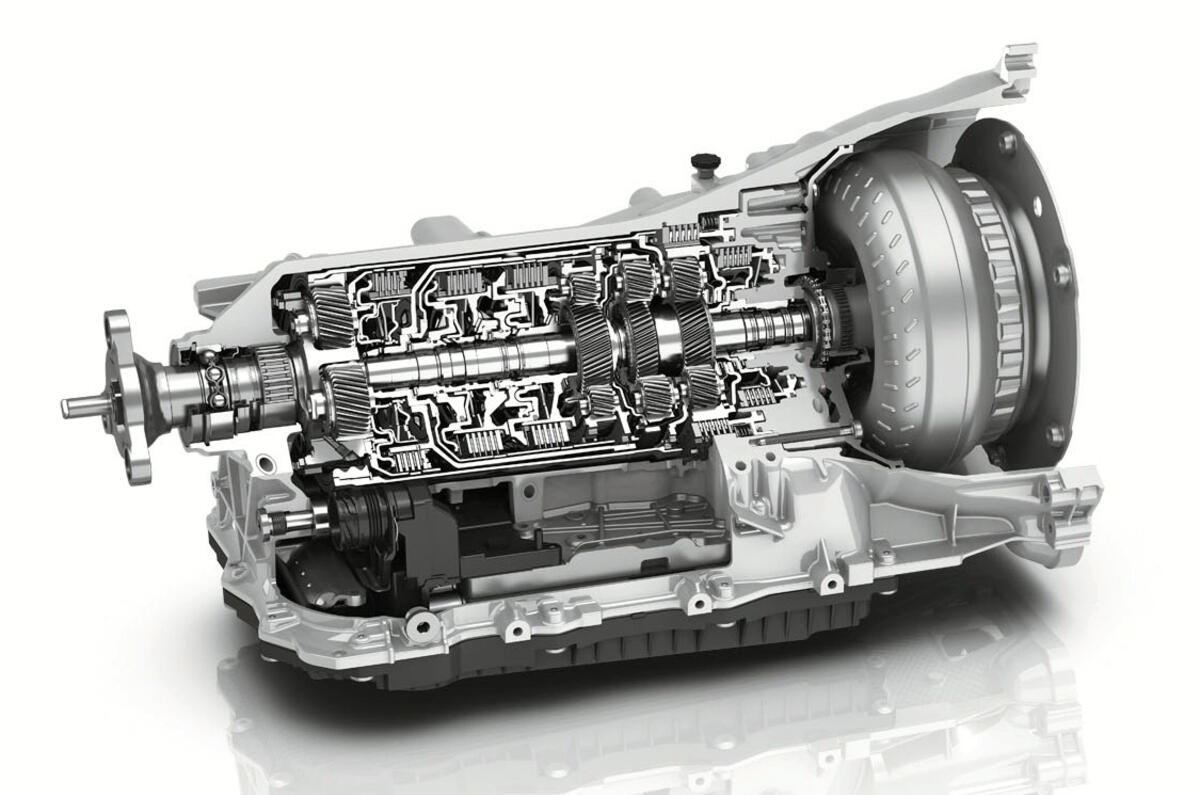If you’re a fan of cars, the concept of “torque converter” is probably not new to you. Torque converters play a significant function in the field of automotive engineering. They’re especially crucial in the case of automatic transmission systems. These amazing mechanical devices are responsible for ensuring the seamless operation of your car, helping the transmission of power, ultimately providing a comfortable driving experience. We’ll take a look at the complicated realm of torque converters in this guide. We’ll debunk their inner functioning, and shed light on the essential significance they play in automobile industry.
Knowing the Torque Converter
The Essence of Power Transmission: At its core, a torque converter is a form of fluid coupling made to be used in automatic transmissions. Its main purpose is to transfer energy generated by the engine into the transmission. The transmission is then driven by the wheels. The mechanism works seamlessly within the automatic transmission system, bridging the gap between the power of the engine and wheel movement.

Components: The torque converter is composed of three key components comprising impeller, turbine and stator. These components work in tandem to transform torque into power.
Breaking Down the Mechanism
The mechanics involved in the operation of a torque convertor are extremely complex with intricate interplays that produce an efficient power transmission:
Impeller Initiation – When the engine is started it spins the impeller. The impeller resembles an air conditioner and is utilized to move transmission fluid inside the converter. As the impeller moves it produces an flow of fluid that hits the turbine’s blades.
The response of the turbine: The fluid impacting the impeller activates the turbine that is connected to an input shaft of the transmission. This sets the turbine into motion, causing it to spin in a manner equal to the impeller’s motion. This creates kinetic power, and the power required for transmission.
The role of the Stator in enhancing efficiency
The stator is one of the most important components of the torque converter. In the middle of the impeller and turbine, the stator has a pivotal role in enhancing the effectiveness of the power transmission process.
Fluid Redirecting System The stator redirects fluid flow between impellers and turbine. This redirection plays a crucial role in optimizing torque output and ensures a smooth transfer of power. By directing the flow of fluid, the stator contributes to an efficient and balanced operation. For more information, click what is a torque converter
Torque converters are important in driving.
The operation of a torque converter is an immense importance when it comes to the driving experience:
1. Smooth Transitions structure and mechanics of a torque converter help to create an easy transition between gears of automatic transmissions. The torque converters that use fluid coupling remove the need for manual engagement of clutches, resulting seamless gear shifts.
2. Idling and Stalling Prevention: Torque converters play an important function in preventing engine stalls and idling issues. The fluid coupling permits the engine to run regardless of whether the vehicle is stationary. The coupling with fluid ensures the engine operates at a constant speed, and does not require drivers to engage the clutch manually in the event that the vehicle slows down.
3. The torque converter contributes to efficient power distribution by optimizing efficiency of the power transfer and the torque output. This enhances your driving experience as it supplies the power needed for acceleration and cruise control.
Conclusion: Torque converters, as mechanical components, are the basis of automatic transmissions. Their fluid coupling mechanism, which is aided by the impeller, turbine, and stators, ensures the seamless transfer of power from the engine onto the transmission and ultimately to the wheels. The transmission is effective and aids in smoother gear changes, preventing stalling or idling, and improving overall driving efficiency.
Understanding the importance of torque convertors is important for both automotive enthusiasts and engineers. They represent the fusion of engineering and fluid dynamics which guarantees that every driving experience is smooth and efficient. Torque converters form an integral element of the automotive industry, and will continue to remain so as long as the technology continues to evolve. They serve to demonstrate how mechanics interact with the functionality of the device, and engineering.
